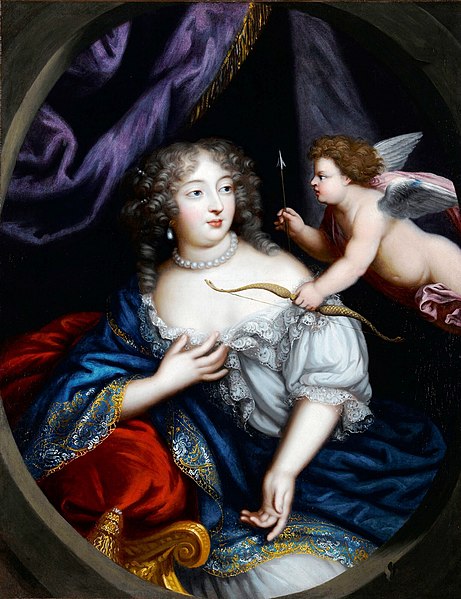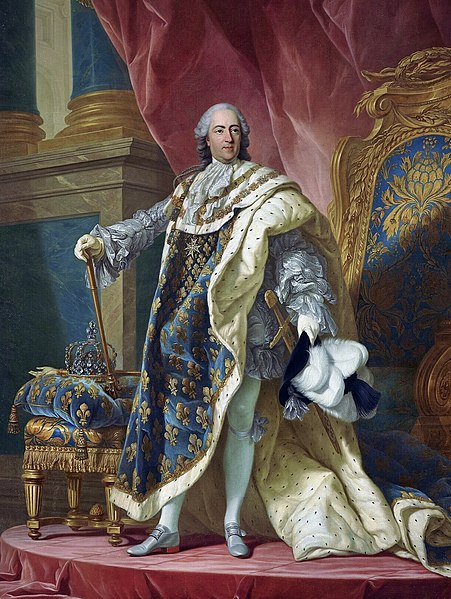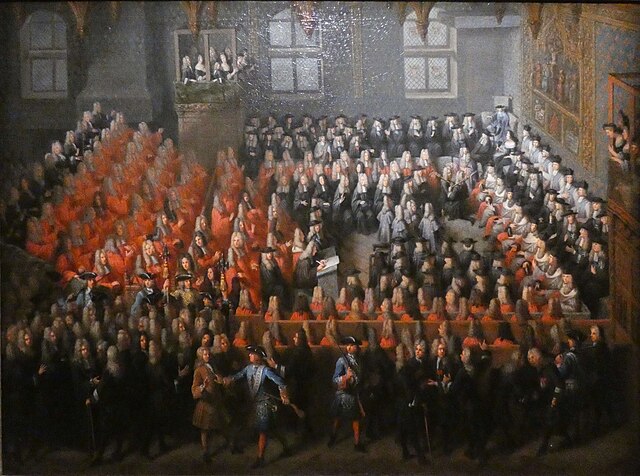The maîtresse-en-titre was the chief royal mistress of the King of France. The title was vaguely defined and used in the Middle Ages but finally became an acknowledged office during the reign of Henry IV and continued through the reign of Louis XV. It was a semi-official position which came with its own apartments, estates and a title if the woman did not have any. The position could come with significant power, even more influence than the Queen of France, as some mistresses were known to advise the King of France sometimes in state affairs if he was so infatuated, broker favors for clients, elevate others in social mobility, forge alliances and negotiate with foreign diplomats all the while supplying the king his emotional and physical needs at the same time enriching themselves in the relationship. In contrast, the title petite maîtresse was the title of a mistress who was not officially acknowledged.
Madame du Barry
Agnès Sorel
Françoise-Athénaïs, marquise de Montespan
Madame de Pompadour
Louis XV, known as Louis the Beloved, was King of France from 1 September 1715 until his death in 1774. He succeeded his great-grandfather Louis XIV at the age of five. Until he reached maturity in 1723, the kingdom was ruled by his grand-uncle Philippe II, Duke of Orléans, as Regent of France. Cardinal Fleury was chief minister from 1726 until his death in 1743, at which time the king took sole control of the kingdom.
Portrait by Louis-Michel van Loo, c. 1763
The infant Louis with his governess, grandfather, great-grandfather and father, and the busts of Henry IV and Louis XIII in the background. Madame de Ventadour holds her charge's reins. The portrait, painted for her, commemorates her part in saving the dynasty.
Cours des principaux fleuves et rivières de l'Europe, or "Courses of the main rivers of Europe", composed & printed by Louis XV, aged 8. Education of the young king included geography and printing.
Lit de justice held by young Louis XV; his governess, the only woman in the assembly, sits next to him








